posted by guest blogger Miriam Webster
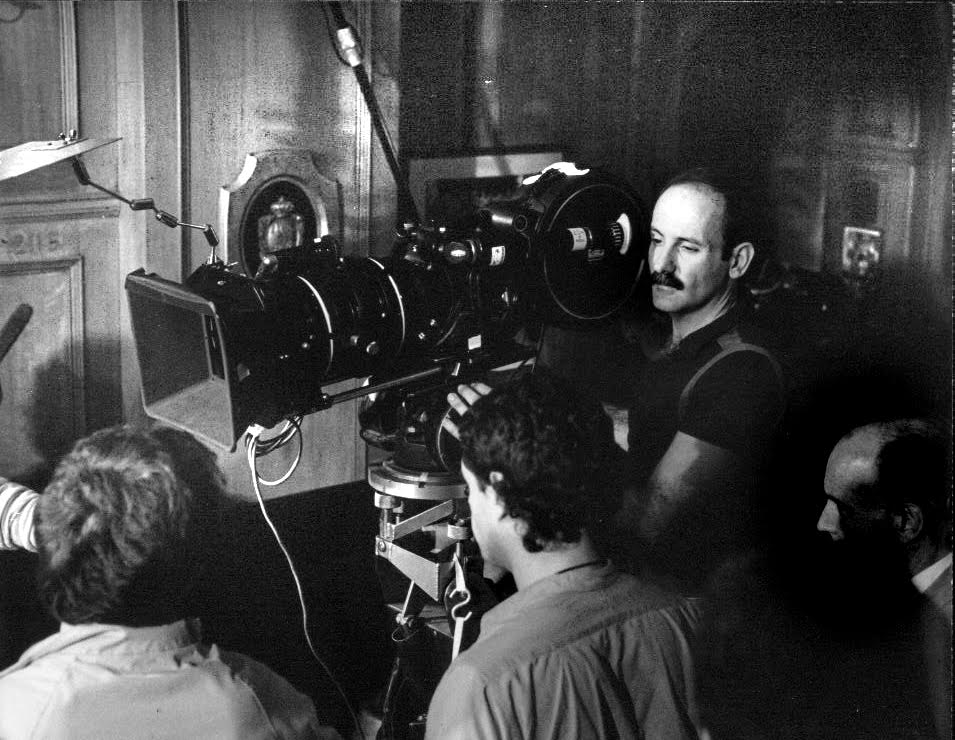 Image Credit: Tom DeSimone
Image Credit: Tom DeSimone
Mainstream film/television and porn director Tom DeSimone (also credited as Lancer Brooks) was one of the major figures who helped to form the adult industry in the 1970s, during the birth of hardcore pornography as a film genre. Initially shooting films for Shan Sayles of the Park Theatre in the L.A. area, DeSimone made some of the earliest gay porn films within the burgeoning industry, including the very first plotted, feature-length gay porn film, The Collection (1969). DeSimone's porn films typically centered around stories and he made technically high-quality productions - well-made narrative movies with developed characters and performers cast to suit their roles - that showed care for the craft.
Over the span of his porn filmmaking career, which also included sexploitation and bisexual films, DeSimone worked with many important contributors to the industry, including performers Gordon Grant, Al Parker, Jack Wrangler, Roger, Michael Christopher, David Ashfield, J.W King, and Fred Halsted, and filmmakers Nick Elliot, Jason Sato, William Higgins, and Jack Deveau. Deveau's New York-based studio, Hand in Hand Films, distributed several of DeSimone's films (Catching Up [1975], The Idol [1979], and others) and DeSimone also worked behind the scenes with Hand in Hand as the cameraman for three of their releases directed by Deveau (Ballet Down the Highway, Wanted: Billy the Kid, and Good Hot Stuff, all from 1975). (DeSimone extensively discusses his career in the newly released book, Good Hot Stuff, about Hand in Hand and Deveau.) DeSimone also made the historically notable film, Erotikus: History of the Gay Movie (1974), which is part documentary and part porn and which was released as a porn film and played in porn theaters.
DeSimone was one of a small number of individuals from the porn industry who successfully moved into working in mainstream film and television. (See the correction in our previous Casey Donovan blog, which left out mentions of those who did cross over into mainstream work.) This included Hell Night (1981) starring Linda Blair, Reform School Girls (1986) starring punk musician Wendy O. Williams, and extensive television work. (See the bottom of this blog for Tom DeSimone's filmography and links to his movies.)
DeSimone recently answered some questions about his career, which we are excited to share in this week's blog, the first of two installments, this one focusing on his introduction to filmmaking and directing porn films.
Bijou: What are some of your favorite films?
DeSimone: I can't really pick one favorite film out of the thousands I've seen and hundreds I love. On the list are Duel in the Sun, The Letter, 8 ½, The Little Foxes, The Rose Tattoo, Atonement, Pennies from Heaven, Incochine... so you see, I have a lot of favorites. A “favorite” is any film I can watch over and over and never tire of and also one in which I continue to find more and more elements of pleasure each time I view it. Among this list, The Letter is probably my most watched film and it never gets boring and I never cease to discover something new each time.
Bijou: Did you make short films while in school for film? What were those like?
DeSimone: At UCLA, where I got my master's degree, I made three short films. One of them, Wooden Lullaby, won best director at the Cine Film Festival in Washington D.C. Another, The Game, won me a scholarship to complete my studies in graduate school. Both films were screened for the public in the Annual Student Film Programs at UCLA. My film, The Game, got me an interview with Columbia Pictures at the time... but nothing came of that beyond the meeting.
Bijou: What were your goals and philosophy towards making your porn films (especially as one of the people who helped to form hardcore as a genre)? Did those persist or did they change over time as you continued to work in film?
DeSimone: Going into it, I didn't really have a philosophy. That came later. I got started because after film school there just wasn't an easy way to break into the Hollywood firmament. Film students back then weren't being sought after as they are now. I was tired of waiting tables and taking actors' portraits for their resumes.
At that time, adult film theaters were just starting to come out in the open. But they were all straight porn. No one was openly screening gay stuff. Then came the Park Theater near downtown L.A. They were showing “gay loops.” A loop, in the business then, was a short film, no plot or acting but just quickies featuring nudity and not much else... there was NO sexual activity, just implied, like holding hands, walking on the beach, or hugging at sunset... or looking longingly into each other's eyes while reclining – all sorts of innocent attempts to convey gay relationships or gay attraction. And NEVER erect!
Someone suggested to me that I might make a few bucks if I tried something. I contacted the Park Theater, got the name of the owner, and got myself an interview. Long story short, he told me to go shoot something and come back and see him and he'd decide if he was interested in me as a filmmaker. I did a short “loop” and loaded it with sexual activity... nothing hard core but definitely sexual love making... all shot discreetly, of course. I screened it for him and he hired me on the spot, built me a studio with cutting rooms, a sound stage, and anything I needed to turn out features for his theaters. That was the start of feature films for the gay market. That film was The Collection... followed by many more small, insignificant ones to fill the screen across the country at his theaters.
It wasn't until I started out on my own that I started to think about what I wanted to say or do with my films since, by now, I had created a career out of it all and was becoming known. (Or, at least, Lancer Brooks was.)
I soon discovered that films about “relationships” were most successful. So The Idol, Skin Deep, Catching Up, and also The Harder They Fall were huge successes. (The Harder They Fall was also released under a different title, The Frenchman and the Lovers.) I was interested in exploring gays in love or at least relationships. My stories pretty much gravitated to those situations. I was tired of all the films that started with the pizza boy delivering and ending up on the couch. That's not to say I didn't make a few of those, too. But when I really wanted to do something creative and when I got juiced up to do something, it always seemed to go to the relationship stories.
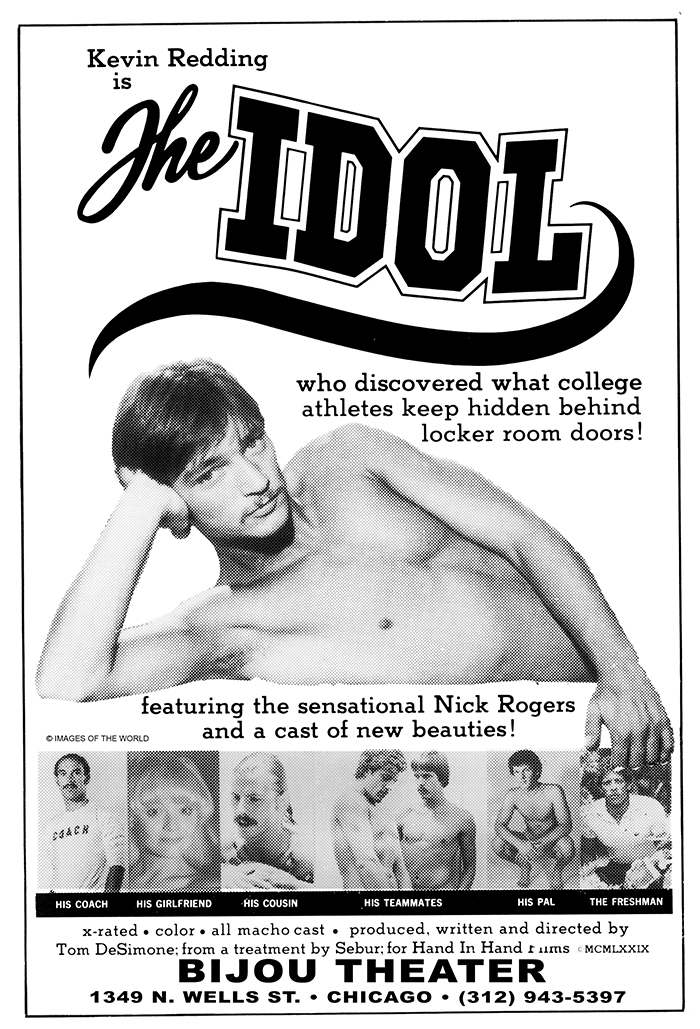
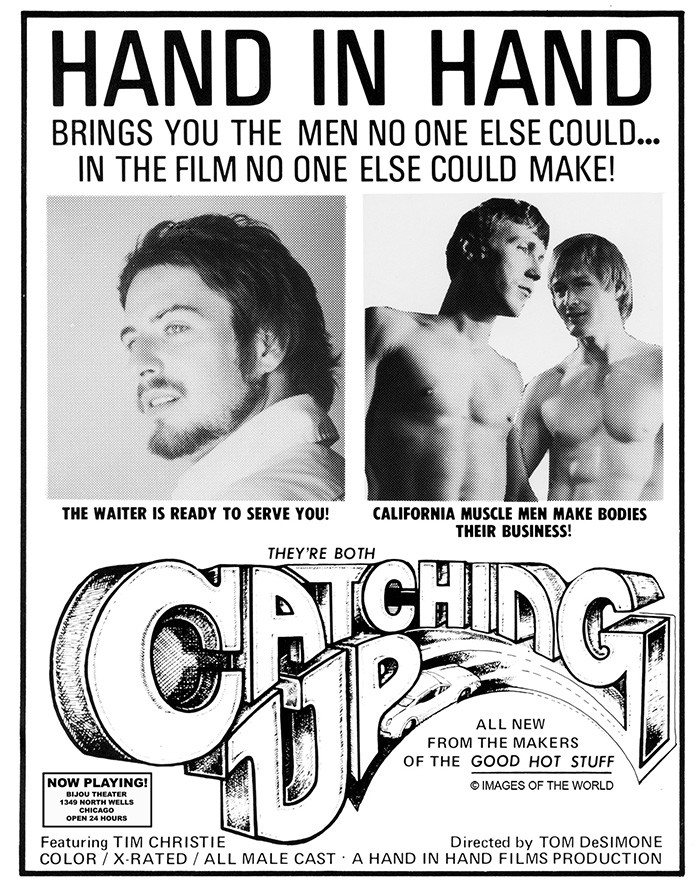
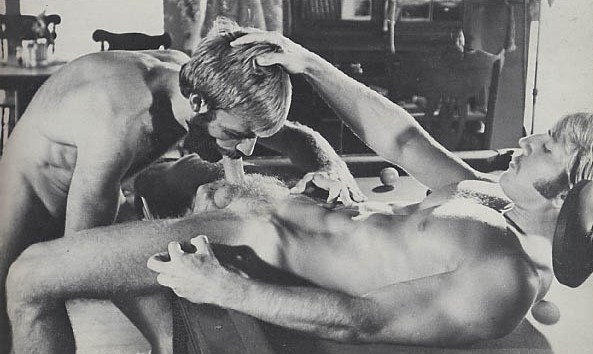 Bob Blount & Eric Clement in The Frenchman and the Lovers
Bob Blount & Eric Clement in The Frenchman and the Lovers
Bijou: Who was your producer (also credited as a performer in The Collection), Max Blue, from early in your career?
DeSimone: Max Blue was a pseudonym for my partner at the time, Nick Grippo. We often just used silly names on our films because in those days no one was using their real names for legal protection since it was still against the law to make these films. We were always hiding underground. He just pulled that one out of the air since there was a popular film playing then called The Blue Max and he liked it. I chose an even sillier name, Lancer Brooks (just totally made up), but fate took over. When we were meeting with the distributor who peddled our films to theaters, he said to be sure to use the same names we did on our previous one, because they liked our work and he could barter for more money if he told them it was from the same team... so we checked what we had used on our last feature and it turned out to be those two names.
Bijou: Did you shoot other films of Jack Deveau's besides the grouping from 1975: Ballet Down the Highway, Wanted: Billy the Kid, and Good Hot Stuff? Did you do much other film work in New York around that time or were you mostly working in L.A.?
DeSimone: After I did Erotikus and was shopping for a theater in New York, I met Jack. He was operating the 55th St. Playhouse at the time and was running the very successful Boys in the Sand, so he was looking for something to follow it up since he knew it couldn't run forever and he needed product to keep the theater operating. We met, he looked at the film, and was interested in us working together on several projects. Jack was pretty inexperienced in filmmaking but wanted to get into the production side. He figured I could bring something to Hand in Hand. I spent a summer in New York working with him on several projects, then returned to L.A. and did The Idol for his company to release. We remained very good friends up until he passed way due to cancer. He was a great party guy – loved to party hard and long, into the New York underground scene, a lot of drugs and sex and a terrific guy to know... if you had the stamina!
Bijou: Did you know Penelope Spheeris (director of The Decline of Western Civilization and Wayne's World) around the time of Confessions of a Male Groupie (1971)? A couple who are the focus of two of her early short films (I Don't Know and Hats Off to Hollywood) appear in the party scene in Groupie. I was curious about the community of people who make up the cast of that film – I read somewhere that they were a community or group of friends you were affiliated with.
DeSimone: I met Penelope only once at a film festival in L.A. We spoke briefly about the emergence of underground films but we never were involved beyond that meeting. The two people you mention just happened to be in the party. I didn't know them personally.
That big party scene was the reason I made that film. I ran with a pretty eclectic crowd back then and many of the actors who appeared in my films were drawn from that crowd. Many others, who didn't really want to appear having sex in a movie, also wanted to be “in one of my films,” so I decided to make a film featuring all of the crazies I knew and loved. So The Groupie came about – and when I announced I wanted them to all appear in that scene, all hell broke loose and you can see in the film what we were all about. I should mention that, unfortunately - or not, I was on acid while we were filming that scene (most of us were), so I didn't cover as much as I wanted, but what I got was enough to throw together what's up on the screen.
 Party scene from Confessions of a Male Groupie
Party scene from Confessions of a Male Groupie
Bijou: It's interesting to learn how many friends you worked with in your movies.
DeSimone: I rarely socialized with the models in my films if they weren't already part of my group. For a number of reasons I preferred not to get too involved in their lives and vice versa. If I used friends, they were already friends and in my social group. In Hot Truckin', the redheaded boy at the end – the one in the threeway – was my partner at the time. He was SO hot for Gordon [Grant], I agreed to let him be the trick they lured into the truck. Everyone was happy, particularly my friend, Bob.
My reasons for being separate, if I could, with the models was only because I didn't care to have them know too much about my life or where I lived, etc. I was strictly interested in them as models/actors. For me it was strictly a business situation. Very few outside my inner group even knew what I did or who Lancer Brooks was.
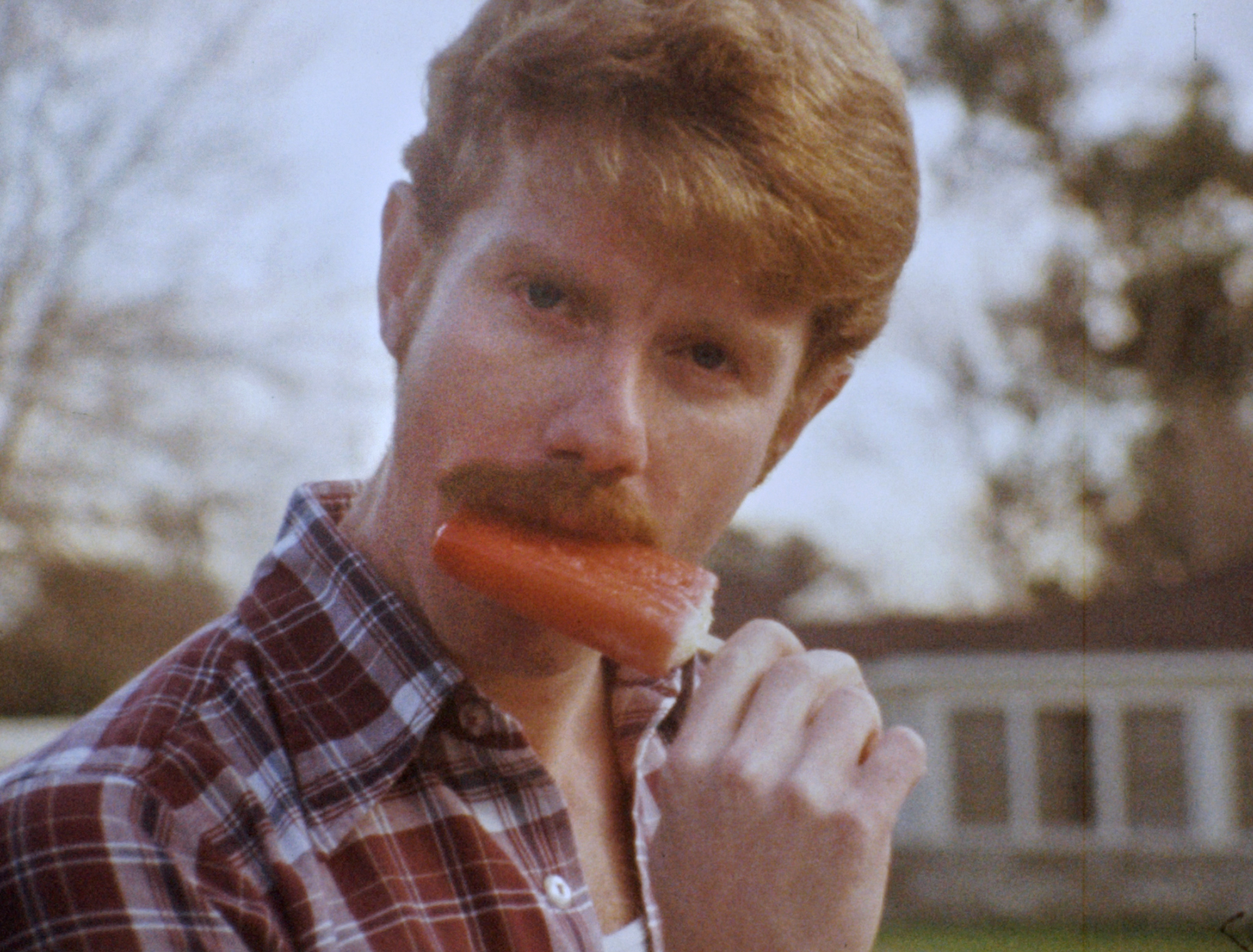 Bob Snowdan in Hot Truckin'
Bob Snowdan in Hot Truckin'
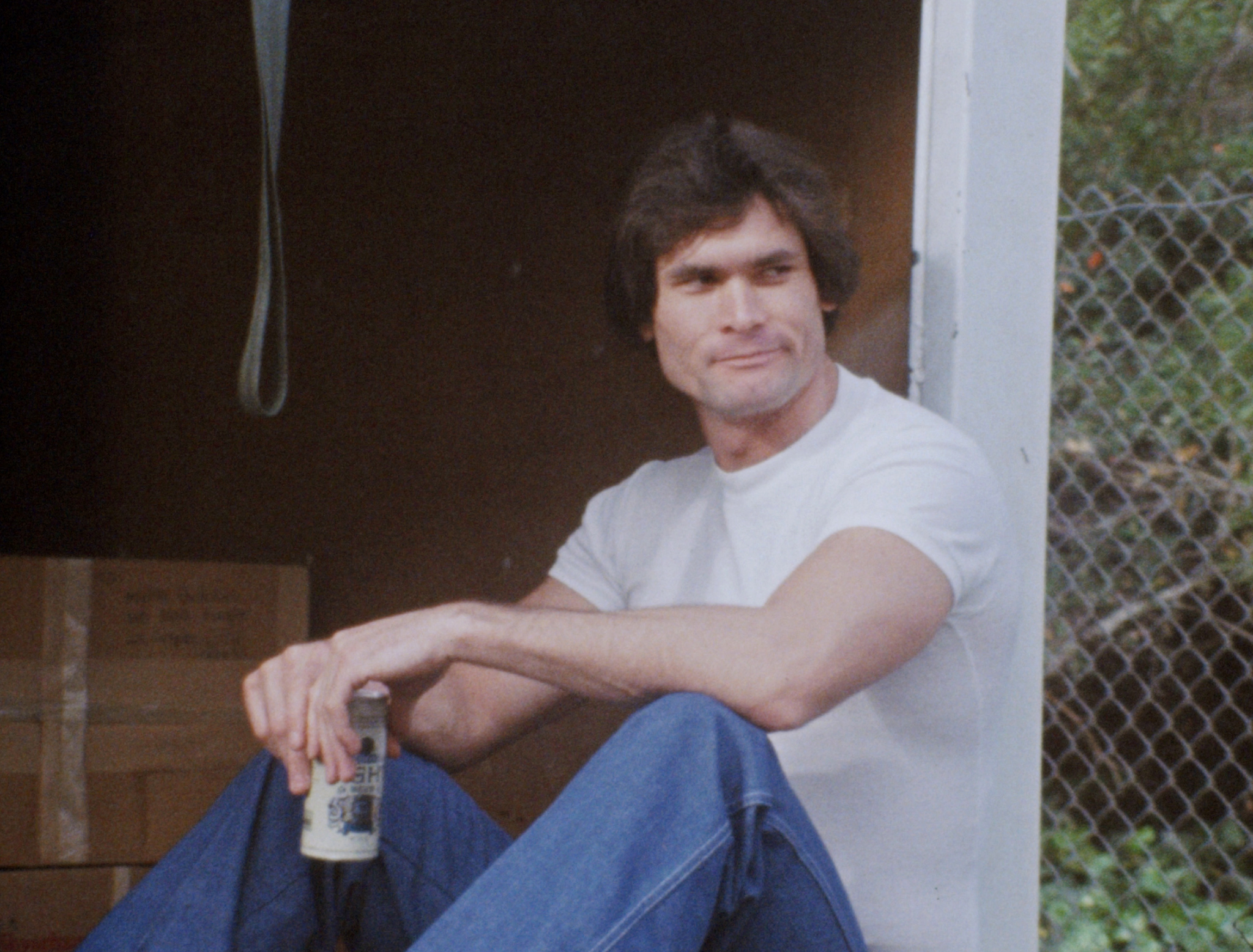 Gordon Grant in Hot Truckin'
Gordon Grant in Hot Truckin'
Bijou: I guess Groupie was a rare exception, as your film utilizing members of your friend group, in that case.
DeSimone: Yes, Groupie was an exception... but as I mentioned, I made it specifically to make a film and use many of my friends. Sweet Lady Mary was a dear friend, Elaine. The rock group, The Electric Banana, was another trio of buddies who fantasized about being a rock group, so I made them into one for the film. All the players were close friends who had wanted to be in a picture, so I concocted one so that I could use them. The party scene was the culmination of all the gang we ran with in West Hollywood at that time. Of course, there were several in the party scene who just showed up to be in the film. Sadly, 90% of them are gone now. The plague taking most, unfortunately. We had no idea then that what we were experiencing would have such consequences... who did? The cute redhead, Bob, was also a victim years later.
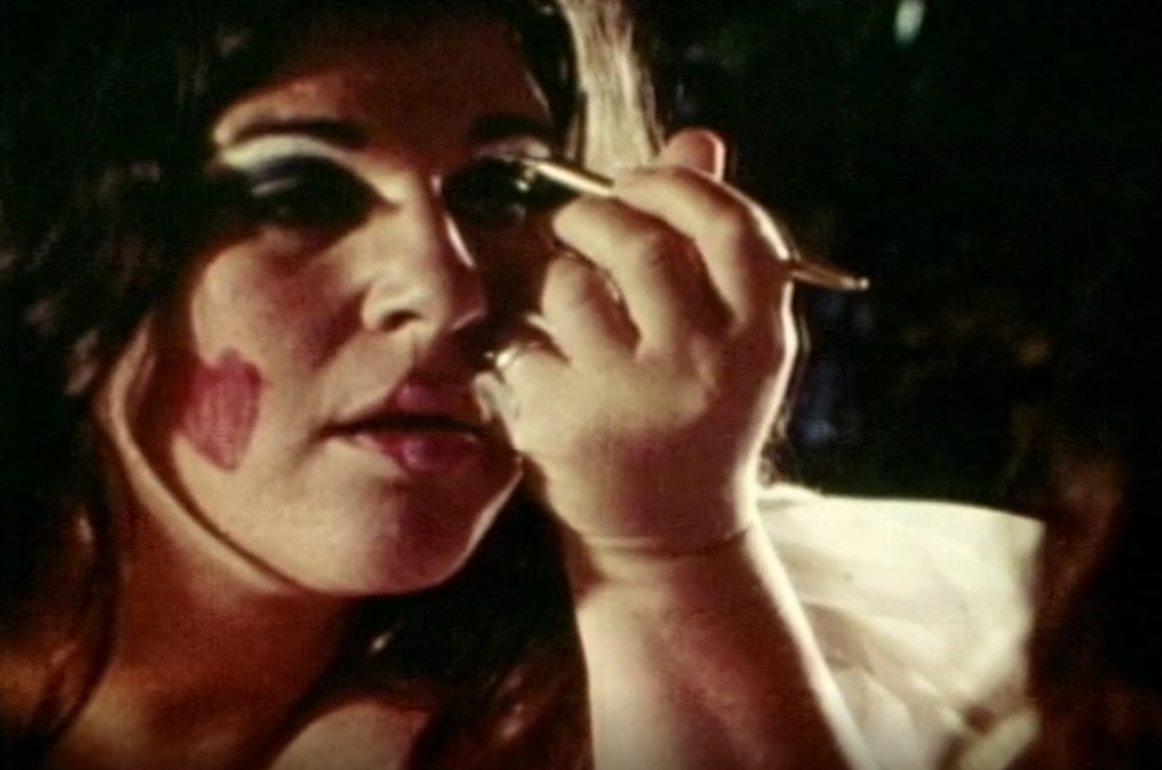 Elaine aka Myona Phetish in Confessions of a Male Groupie
Elaine aka Myona Phetish in Confessions of a Male Groupie
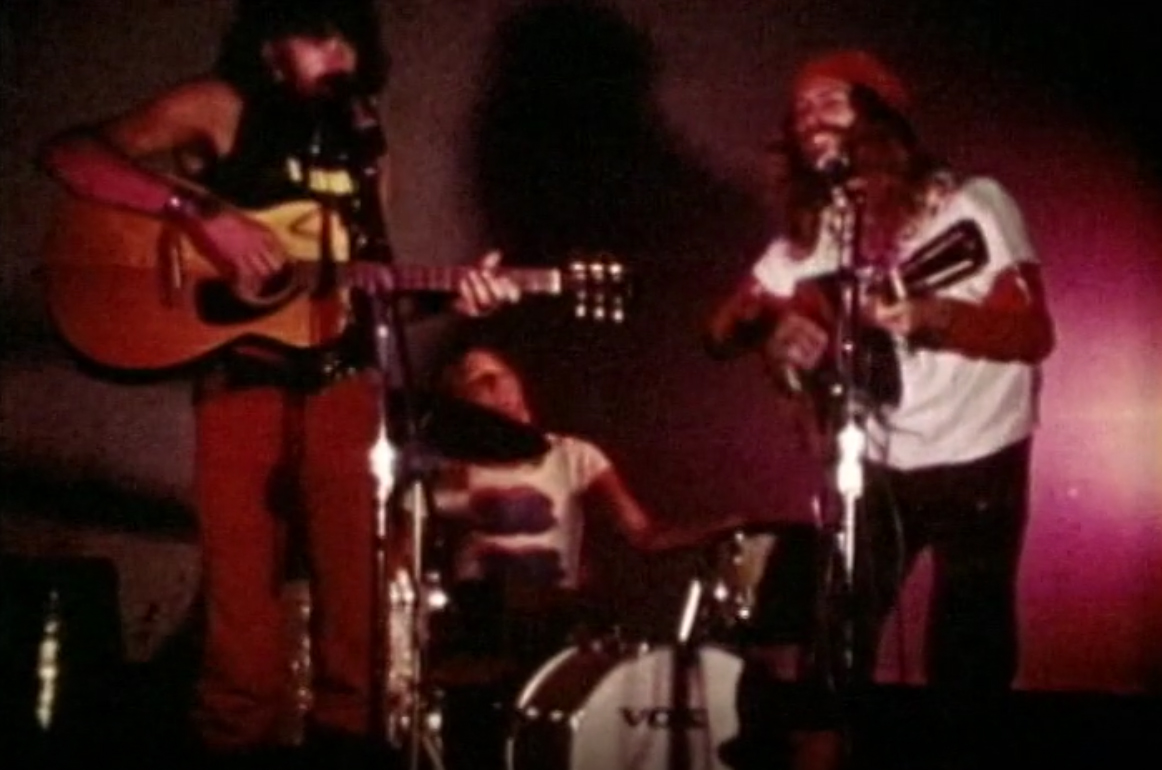 The Electric Banana, fictional rock band in Confessions of a Male Groupie
The Electric Banana, fictional rock band in Confessions of a Male Groupie
Bijou: How did you get such strong performances out of your porn actors who had no acting experiences?
DeSimone: Getting performances was always a challenge. I always blocked out all the action in my films in advance and also broke down the script, scene by scene, even indicating where the dialogue would be in close up, two shots, or masters. That way I could get what I needed to edit the film and the performances in a cohesive work. I knew these guys would never be able to carry an entire scene in a master shot (a mistake many filmmakers made back then). So I would film short sections, working with them on just those few lines at a time, then cover the scene with the other actor or actors in the scene, and it would all play together nicely. If one of them screwed up or was lousy, it was simple to shoot several takes of a close up until it was good, rather than shoot the entire sequence over and over. I was a master at editing and it was fun cutting together a performance from very little. Many times the actors would be amazed (and impressed) when they came to the screening to see the film.
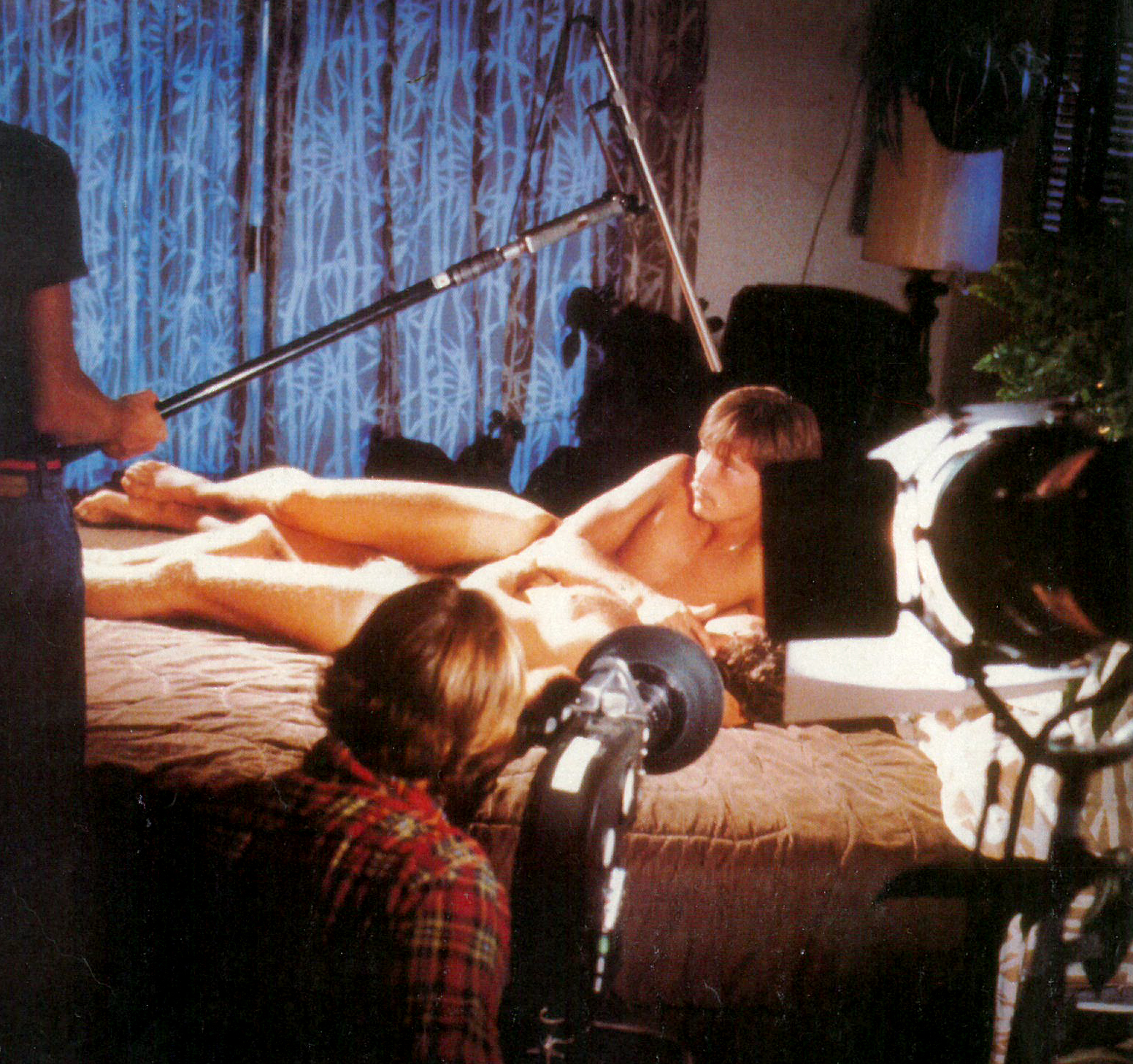
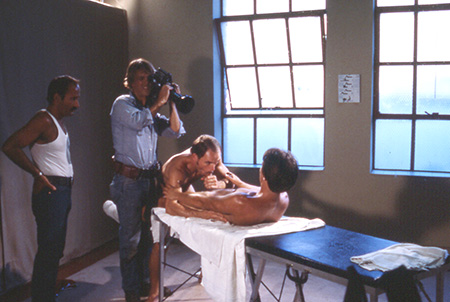 Filming Kevin Redding & Nick Rodgers in The Idol
Filming Kevin Redding & Nick Rodgers in The Idol
Bijou: Which is your favorite of your porn films?
DeSimone: I guess I could say Catching Up, Skin Deep, and The Idol. These, to me, have good plots, good acting, and really decent production values for porn.
Read part two of this interview, focusing on on Tom DeSimone's mainstream film/television career!
 Image Credit: Tom DeSimone
Image Credit: Tom DeSimone
Tom DeSimone's Partial Directorial Filmography:
(From IMDb and Gay Erotic Video Index)
Links to movies available through Bijou Video
The Collection (as Lancer Brooks) – 1969
One - 1970
Dust Unto Dust (as Lancer Brooks) – 1970
Peter the Peeker – 1971
Lust in the Afternoon - 1971
Gay Tarzan – 1971
Confessions of a Male Groupie – 1971
Black and Blue - 1971
The Gypsy's Ball - 1972
Prison Girls – 1972
Chained (as Lancer Brooks) – 1973
Swap Meat (as Lancer Brooks) – 1973
Sons of Satan (as Lancer Brooks) – 1973
Black Heat (as Lancer Brooks) – 1973
Games Without Rules (as L. Brooks) – 1974
Erotikus: A History of the Gay Movie (as L. Brooks) – 1974
Station to Station (as L. Brooks) – 1974
Everything Goes (aka Anything Goes) (as L. Brooks) – 1974
Duffy's Tavern (as Lancer Brooks) – 1974
Blue Movie Auditions (aka How to Make a Homo Movie) - 1974
Assault (as Lancer Brooks) – 1975
Sur - 1975
Good Hot Stuff – 1975
Aphrodisiacs in the Male Animal (1975)
Catching Up – 1975
Chatterbox! - 1977
Hot Truckin' (as Lancer Brooks) – 1978
The Harder They Fall (aka The Frenchman and the Lovers) – 1977
Gettin' Down (as Lancer Brooks) – 1978
The Idol – 1979
Bad, Bad Boys (aka Bad Boys) (as Lancer Brooks) – 1979
Hawaiian Eyes (aka Gay Guide to Hawaii) – 1979
Private Collection – 1980
Heavy Equipment (as Lancer Brooks) – 1980
Wet Shorts – 1980
The Dirty Picture Show (as De Simone) – 1980
Flesh and Fantasy 1 – 1980
Dirty Books - 1981
Hell Night – 1981
The Concrete Jungle – 1982
Skin Deep (as Lancer Brooks) – 1982
Bi-Coastal (as Lancer Brooks) – 1985
Bi-bi Love (as Lancer Brooks) – 11986
Nightcrawler: A Leathersex Fantasy - 1986
Reform School Girls – 1986
Angel III: The Final Chapter – 1988
Freddy's Nightmares (TV Series, 4 episodes) – 1988/1989
Super Force (TV Series, 6 episodes) – 1991/1992
Dark Justice (TV Series, 18 episodes) – 1991 - 1993
Swamp Thing (TV Series, 3 episodes) – 1992/1993
Acapulco Bay (TV series) – 1995
The Big Easy (TV Series, 4 episodes) – 1996/1997
Coming Distractions (as Lancer Brooks) – 1997
Pensacola: Wings of Gold (TV Series, 1 episode) – 1998
She Spies (TV Series, 1 episode) – 2002
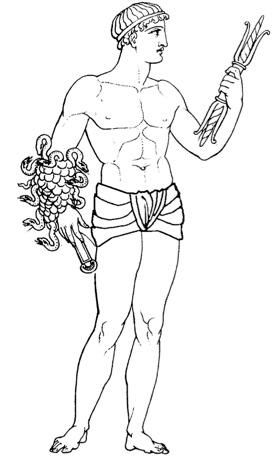
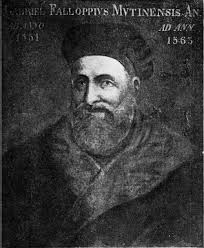
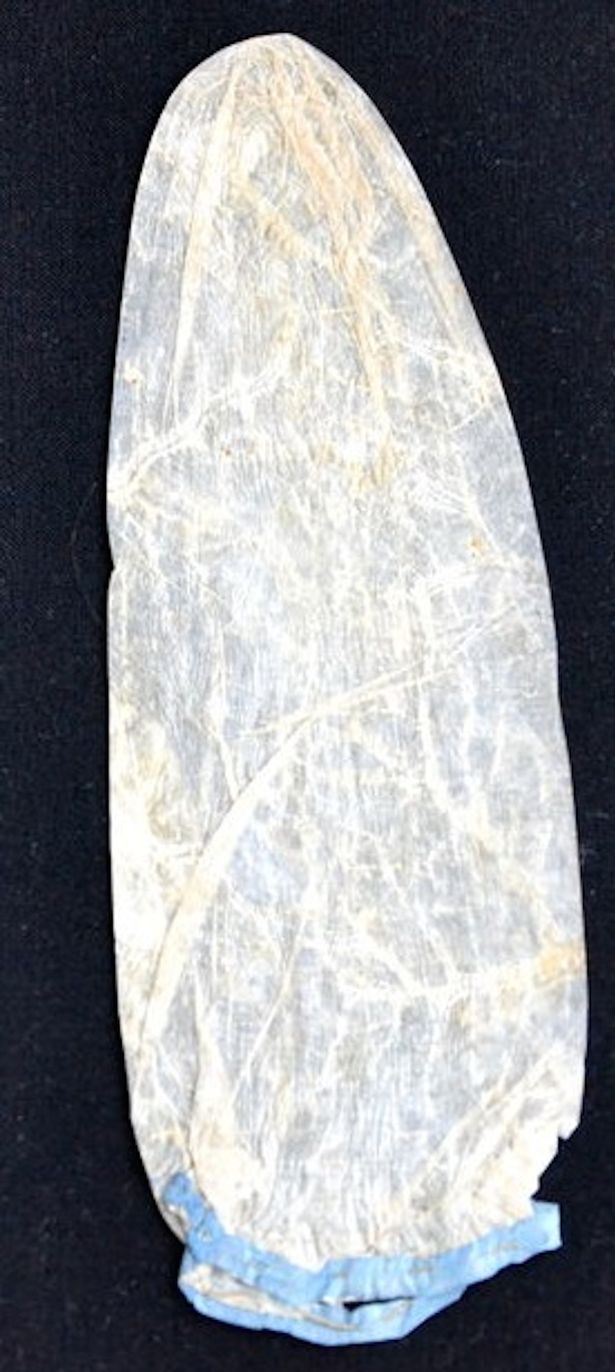
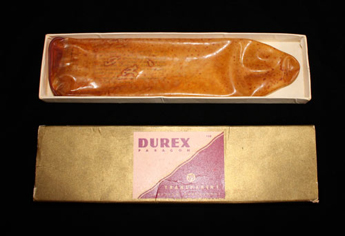
















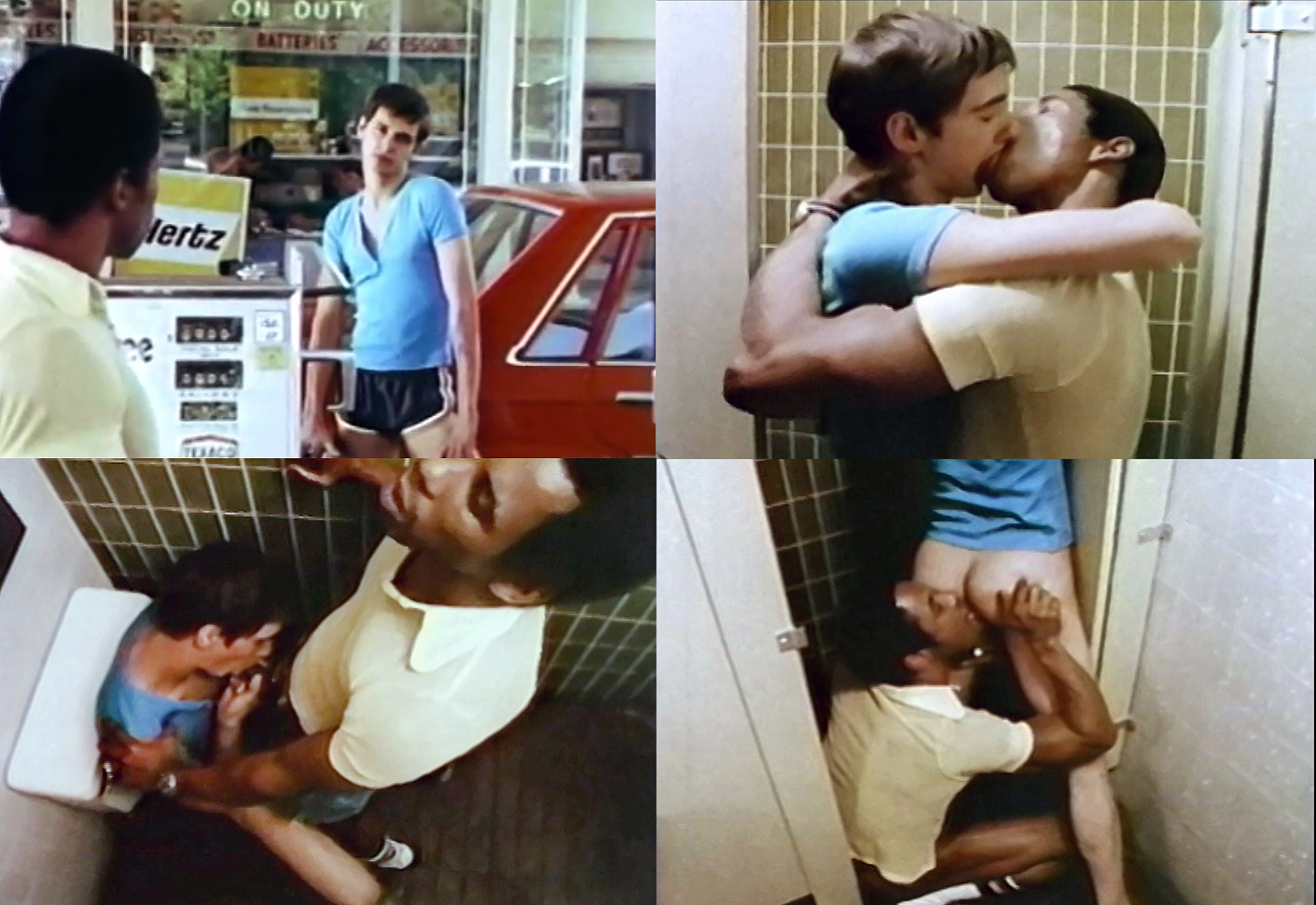
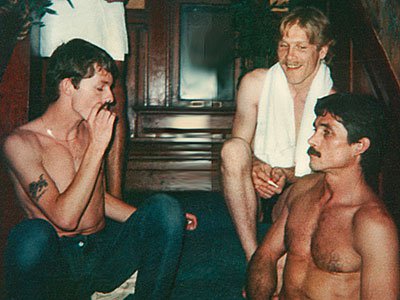
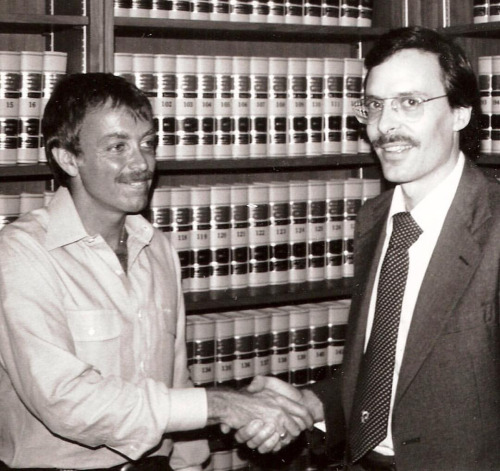
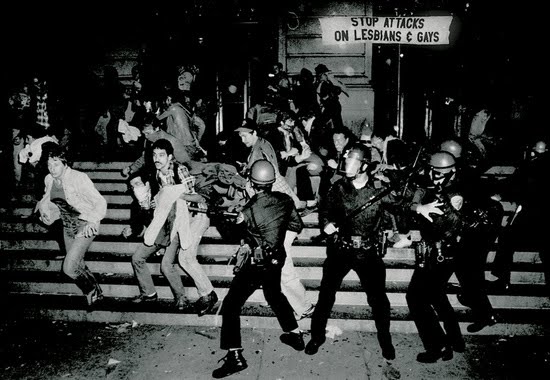
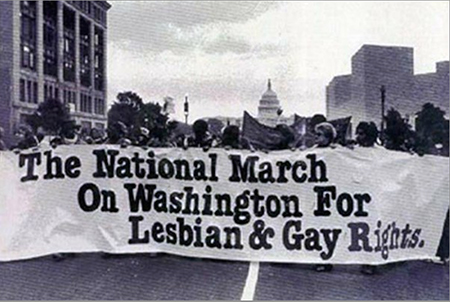
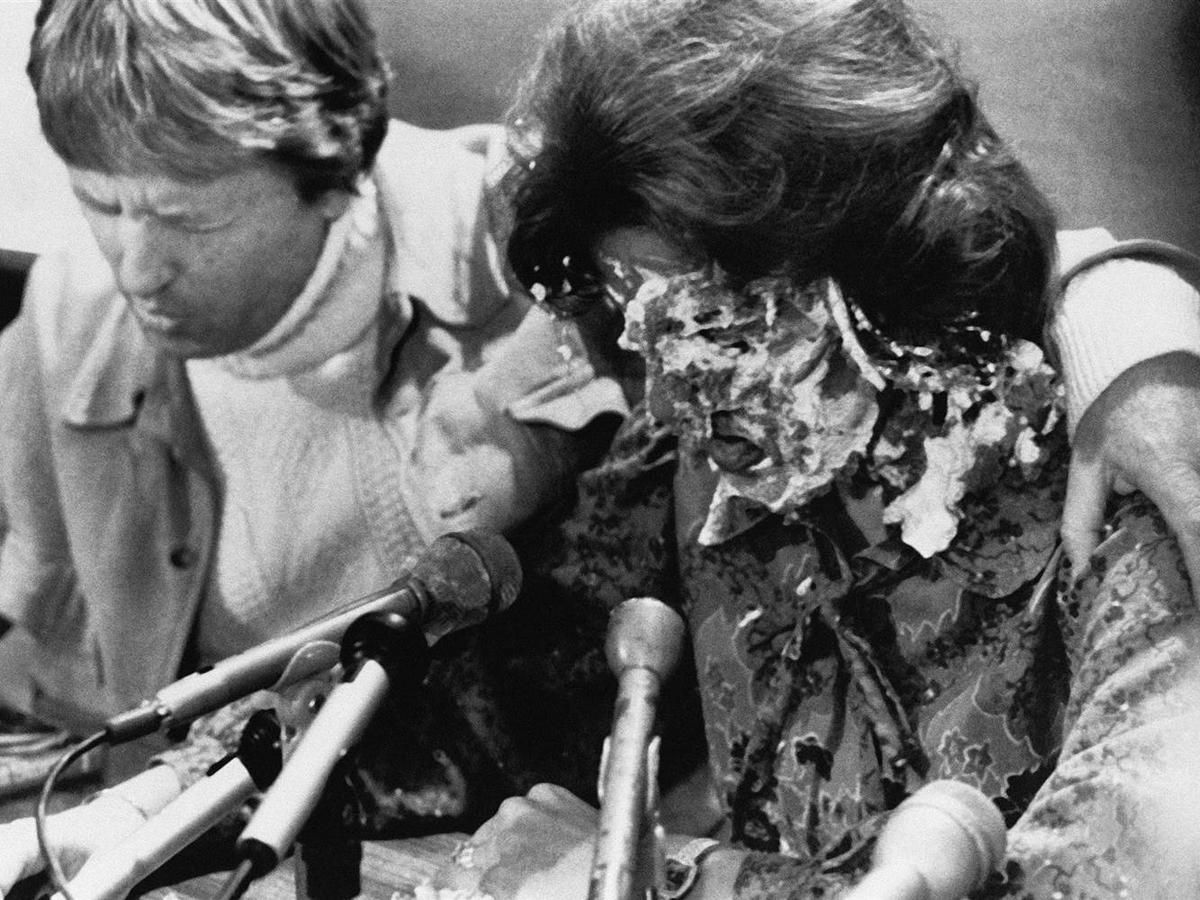
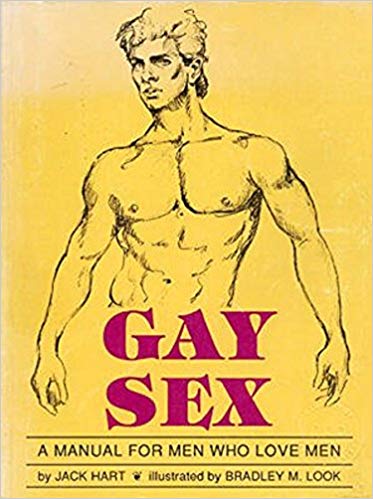
 Join our Email List
Join our Email List Like Us on Facebook
Like Us on Facebook Instagram
Instagram Youtube
Youtube Follow Us on Twitter
Follow Us on Twitter Follow us on Pinterest
Follow us on Pinterest